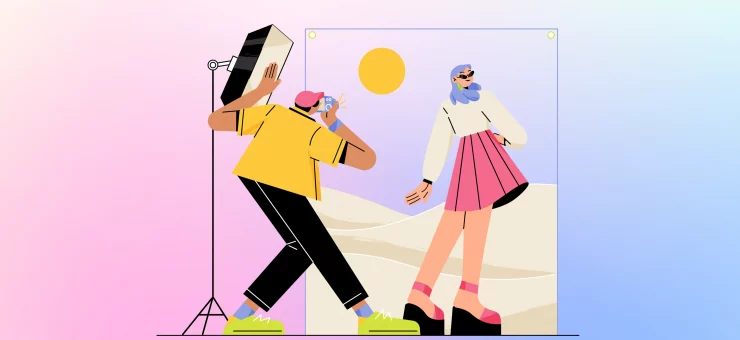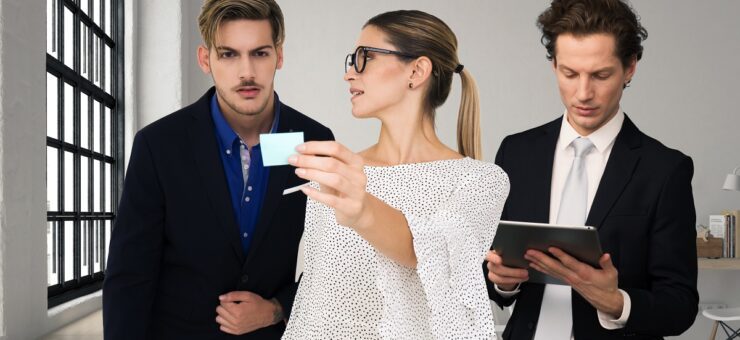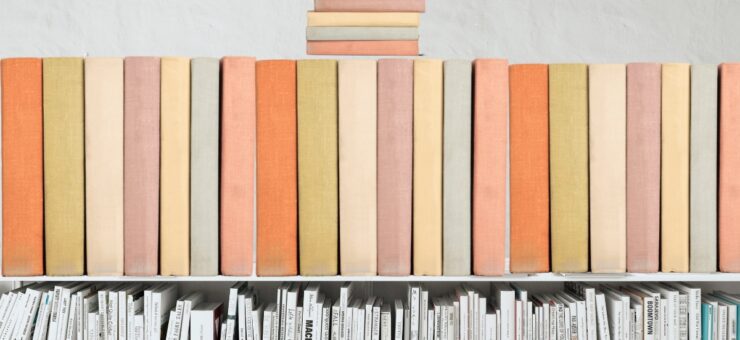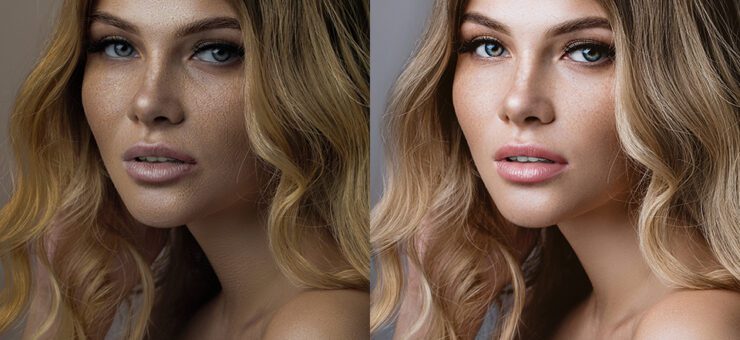Wondering how to make your eBay listings pop and attract more buyers? You have to get your image sizes just right.
This guide will walk you through eBay image sizes, image size limits, and photography tips for eBay listings. Let’s dive in!
eBay image sizes
The images you use can make all the difference in having an attractive and engaging eBay store. Getting the right image sizes is essential for creating a seamless shopping experience. We’ll go into the ins and outs of eBay store image sizes, helping you create a storefront that looks good and is functional.
- Store logo size: eBay recommends a logo size of 300×300 pixels. This ratio provides a high-quality, square image that looks great on various devices.
- Store header image size: The header image is the banner at the top of your eBay store, setting the tone for your entire shop. To make it pop, aim for a size of 1280×290 pixels.

- Promotional image sizes: Promotional images highlight deals, sales, or featured items. For these images, a size of 640×640 pixels works well. It offers a clear and eye-catching visual without taking up too much space.
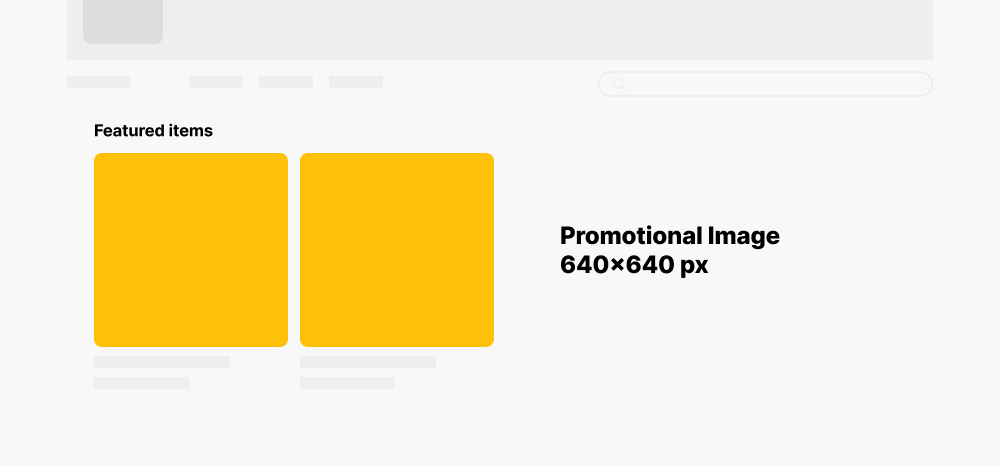
- Category image sizes: Guide customers through your store by representing different product groups. For these images, aim for 300×300 pixels.
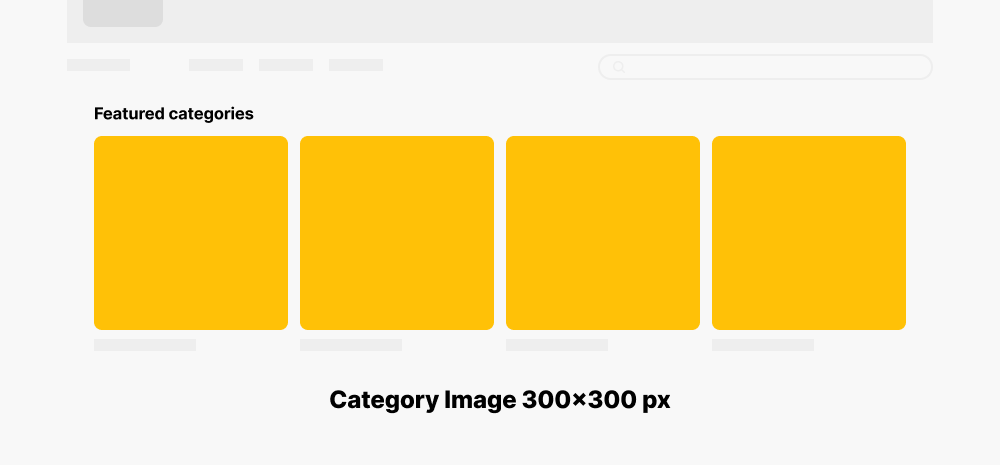
Remember, it’s not just about the numbers – the quality and relevance of your images are equally important. Stick to high-resolution images that are true to your brand and showcase your products.
eBay image size limit for listings
Understanding image requirements is essential for creating a professional online store. Here are eBay’s image size limits, ensuring your store’s visuals are top-notch and within the platform’s requirements.
- Minimum image size: eBay requires a minimum size of 150×100 pixels. This minimum size ensures your images are clear and easy to view on various devices without appearing too small or pixelated.
- Maximum image size: eBay allows a maximum image size is 1000×1600 pixels. You won’t need images this large. The option is there if you want to provide incredibly high-resolution visuals for your customers.
- File size limit: eBay also limits file size. Each image you upload must be smaller than 12 MB. It helps keep page loading times speedy and ensures a smooth browsing experience.
- File formats: eBay supports three main image file formats: JPEG, PNG, and GIF. Keep in mind that JPEG is the most common format for product images. PNG and GIF are ideal for pictures with fewer colors, transparency, or sharp edges.
Balancing image size and file size is essential when preparing your images for eBay. Large, high-quality images are great for showcasing your products, but excessively large file sizes can slow down your store’s loading times and potentially harm your search rankings.
Photography tips for professional-looking listings
Image sizes and limits are essential, but the initial quality of your photos is the key point. Here are some tips to help you achieve crisp and professional-looking product photos for your eBay listings:
- Use a quality camera: Invest in a DSLR or mirrorless camera with a high-resolution sensor to capture the details of your products. Many modern smartphones also have excellent cameras that can yield great results.
- Choose the right lens: Use a lens with a focal length between 75mm and 100mm. This range minimizes distortion and ensures your product looks natural in the photos.
- Set up proper lighting: Good lighting is crucial for professional-looking product photos. Use soft, diffused lighting to avoid harsh shadows and highlights. Natural light from a window or a lightbox with continuous LED lights can work well. If you don’t have a pro camera and lenses, lightning can save the day.
- Use a tripod: A tripod ensures stability and eliminates camera shake. It also allows you to maintain consistent framing and angles across multiple shots.
- Master manual settings: Learn to control your camera’s aperture, shutter speed, and ISO. It will give you more control over your pictures. A smaller aperture (higher f-stop number) will produce sharper images. Smartphones also have a manual mode.
- Shoot in RAW format: Shooting in RAW format captures more image data. You’ll have better post-processing control and higher-quality final images.
- Use a clean background: Choose a simple, uncluttered background for your product photos. White or light-colored backgrounds are ideal, as they help the product stand out and allow for easy editing. If you don’t have a plain background, you can use Background Remover.
- Focus on composition: Position your product, highlighting its key features. Use the rule of thirds and consider incorporating props or accessories that complement the product.
- Take multiple angles: Shoot from various angles and perspectives to provide potential buyers with a comprehensive visual understanding of the item.
- Edit your photos: Use photo editing software to fine-tune your images. Adjust the exposure, contrast, color balance, and sharpness to make your product photos look polished and professional.
Wrapping up
Getting your eBay image sizes right is super important for making your store and listings look great, keeping users engaged, and boosting your sales. Follow the tips in this guide, and you’ll be on your way to success.
Keep your image quality high, stick to eBay’s image size guidelines, and be consistent with your style throughout your store and listings. Putting in the time and effort to optimize your eBay image sizes will definitely pay off, helping you crush it in the online marketplace.

